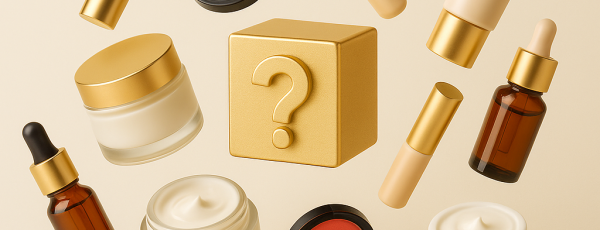Why Correct Classification Matters?
This cosmetic product classification guide helps ensure your product is legally compliant in the EU, UK, and US by clearly defining what qualifies as a cosmetic.
Launching a cosmetic product isn’t just a business venture — it’s a legal obligation. One of the most critical early steps is ensuring your product is correctly classified. Does it truly qualify as a cosmetic, or should it be treated as a medicinal product, food supplement, or biocidal product?
While the distinction may seem obvious to consumers, the regulatory lines are often blurred. Misclassification can lead to market withdrawals, financial penalties, and even criminal liability. That’s why it’s essential to understand how cosmetics are defined in the European Union, United Kingdom, and United States, as well as the challenges surrounding borderline products.
The Legal Definition of a Cosmetic Product in the European Union.
In the EU, Regulation (EC) No 1223/2009 defines a cosmetic product as:
A substance or mixture intended to be placed in contact with the external parts of the human body, the teeth, or the mucous membranes of the oral cavity, with the exclusive or main purpose of cleaning, perfuming, changing appearance, protecting, keeping in good condition or correcting body odour.
To be classified as a cosmetic in the EU, the product must:
- Be a substance or mixture,
- Be applied externally to the body,
- Fulfil at least one of the designated cosmetic functions.
Learn more about cosmetic labelling requirements in the EU
The Cosmetic Product Definition in the United Kingdom.
After Brexit, the UK introduced its own legislation – the UK Cosmetics Regulation – based on the EU Regulation but operating independently. The definition of a cosmetic remains the same, but in practice there are important procedural differences:
- Every product sold in the UK must have a Responsible Person established in the UK.
- Notifications are submitted via the UK SCPN rather than the EU CPNP.
- A separate Product Information File (PIF) must be kept available in the UK.
- Labels must include all mandatory information in English.
At present, the lists of permitted and banned substances remain broadly aligned with the EU. However, the EU regularly updates its legislation, while the UK introduces changes at its own pace. Over time, UK cosmetic regulation after Brexit may diverge significantly from EU law.
Explore the Responsible Person role in UK cosmetics
How Are Cosmetics Defined in the United States?
In the US, the legal basis is the Federal Food, Drug, and Cosmetic Act (FD&C Act), which defines cosmetics as products intended to be applied to the body for cleansing, beautifying, promoting attractiveness, or altering appearance.
Here, the decisive factor is intended use. Whether a product is considered a cosmetic or a drug depends on:
- marketing claims on packaging and advertising
- consumer perception
- the presence of ingredients with recognised therapeutic action
If a product makes medicinal claims – for example “treats acne” or “heals psoriasis” – it is automatically classified as a drug or a cosmetic/drug combination.
Borderline Products: Where Classification Gets Complicated
The most complex cases are products that sit on the boundary between cosmetics and other categories.
- Cosmetic vs drug – a cosmetic cannot treat or prevent disease.
- Cosmetic vs biocidal product – claims such as “kills 99.9% of bacteria” or “antiviral” place a product under biocidal law.
- Cosmeceuticals and dermocosmetics – popular marketing terms, but with no legal status in either EU or UK law.
Examples of borderline cosmetic products:
- Sunscreens – cosmetics in the EU, OTC drugs in the USA.
- Collagen – in creams, a cosmetic; as a food supplement, not a cosmetic.
- Essential oils – in perfumes, cosmetics; with therapeutic claims, drugs.
- Soap – in the USA, regulated differently depending on composition and claims.
Understand more about borderline products in cosmetics
Key Takeaways for Manufacturers and Importers.
Although the definitions of a cosmetic product in the EU, UK and USA appear similar, practice reveals significant differences:
- in the EU and UK, separate notifications and two Responsible Persons are required
- the PIF must be maintained separately for both jurisdictions
- in the US, classification depends primarily on intended use and marketing claims
For manufacturers and importers, this means maintaining parallel compliance processes and carefully monitoring regulatory changes. Misclassification can have serious consequences for market access and brand reputation.
How Annel Can Help
At Annel, we support manufacturers and importers throughout the compliance process:
- classification of products and identification of risks in the EU, UK and US
- preparation and verification of Product Information Files (PIFs)
- assistance with CPNP and SCPN notifications
- advice on cosmetic labelling and marketing claims
- support in interactions with regulatory authorities
Contact us to ensure your product is correctly classified and fully compliant across the main cosmetic markets.
- Regulation (EC) No 1223/2009
- UK Cosmetics Regulation
- Federal Food, Drug, and Cosmetic Act (FD&C Act)
- FDA – Is It a Cosmetic, a Drug, or Both?

